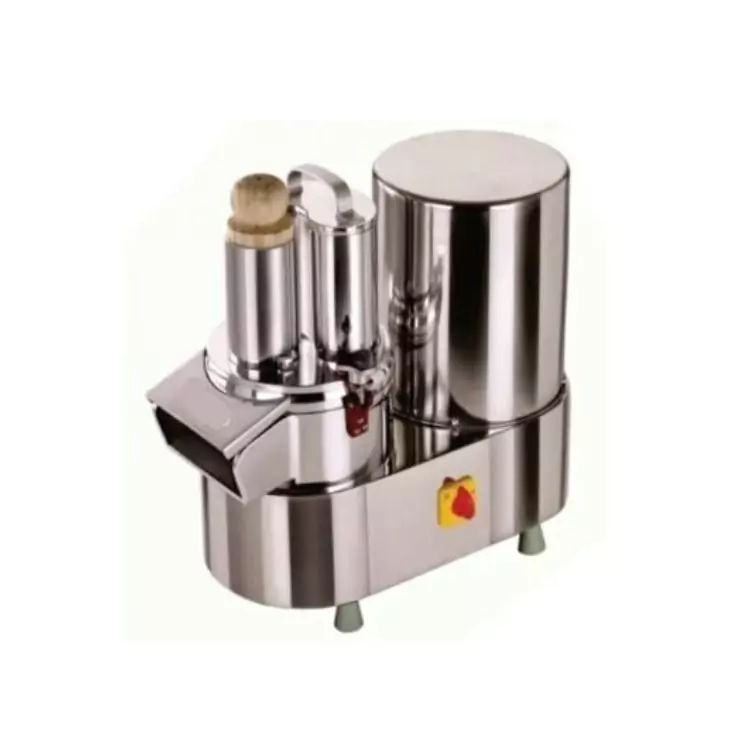Slice and Dice your Way to Kitchen Success: The Ultimate Guide to Choosing the Best Vegetable Cutting Machine
Welcome to the ultimate guide on choosing the best vegetable cutting machine! If you’re a fan of home-cooked meals and love experimenting with different culinary creations, having the right tools in your kitchen is essential. And when it comes to effortlessly slicing and dicing vegetables, a quality vegetable slicer can make all the difference.
In this comprehensive guide, we’ll walk you through everything you need to know about vegetable slicers, from the different types available to key features to consider before making a purchase. Whether you’re a professional chef or just starting out in the kitchen, we’ve got you covered.
From mandolins to spiralizers, we’ll dive deep into each type of vegetable slicer, highlighting their pros and cons, and helping you decide which one fits your needs and cooking style perfectly. We’ll also provide expert tips and tricks on proper usage, maintenance, and safety.
Don’t waste another minute struggling with a subpar vegetable cutting machine. Upgrade your kitchen arsenal and unlock your culinary creativity with the best vegetable slicer that suits you. Let’s slice and dice our way to kitchen success together!
Benefits of using a vegetable cutting machine
Using a vegetable cutting machine in your kitchen can bring numerous benefits to your cooking experience. Firstly, it saves you time and effort. With a vegetable slicer, you can slice and dice your vegetables in a fraction of the time it would take to do it manually with a knife. This is especially helpful when you have a lot of vegetables to prepare for a meal or if you’re hosting a dinner party.
Secondly, a vegetable slicer allows for consistent and uniform slices. This is particularly important when you want your dishes to have an appealing presentation. Whether you’re making a salad, stir-fry, or garnishing a dish, having evenly sliced vegetables creates a professional look that will impress your guests.
Additionally, using a vegetable slicer promotes creativity in the kitchen. With different blade options and slicing techniques, you can create unique shapes and textures with your vegetables. Spiralizing, for example, allows you to turn vegetables like zucchini into noodle-like strands, opening up a whole new world of possibilities for low-carb pasta dishes or vegetable-based salads.
Overall, investing in a vegetable slicer can enhance your cooking experience by saving you time, providing consistent results, and allowing for creative culinary exploration.
Different types of vegetable slicers
When it comes to vegetable slicers, there are various types available in the market. Each type has its own unique features and benefits, catering to different cooking styles and preferences. Let’s explore some of the most popular types of vegetable slicers:
- Mandoline Slicers: Mandoline slicers are versatile and efficient tools for slicing vegetables with precision. They typically consist of a sharp blade attached to an adjustable platform. By adjusting the platform, you can control the thickness of the slices. Mandoline slicers are perfect for creating even, thin slices of vegetables like cucumbers, potatoes, and carrots.
- Spiralizers: Spiralizers have gained popularity in recent years due to the rise of low-carb and vegetable-based diets. These devices are designed to turn vegetables into long, spiral-shaped strands, mimicking the appearance of pasta. Spiralizers come with different blade options, allowing you to create various thicknesses and styles of noodles.
- Box Graters: While primarily used for grating cheese, box graters often come with slicing options as well. These graters have different-sized holes or blades on each side, allowing you to shred, slice, or grate vegetables depending on your needs. They are compact and versatile tools that can be used for multiple purposes in the kitchen.
- Electric Slicers: If you’re looking for a more efficient and hands-free slicing experience, electric slicers are a great option. These motorized devices feature a rotating blade that slices vegetables with minimal effort. Electric slicers are perfect for slicing large quantities of vegetables quickly and uniformly.

